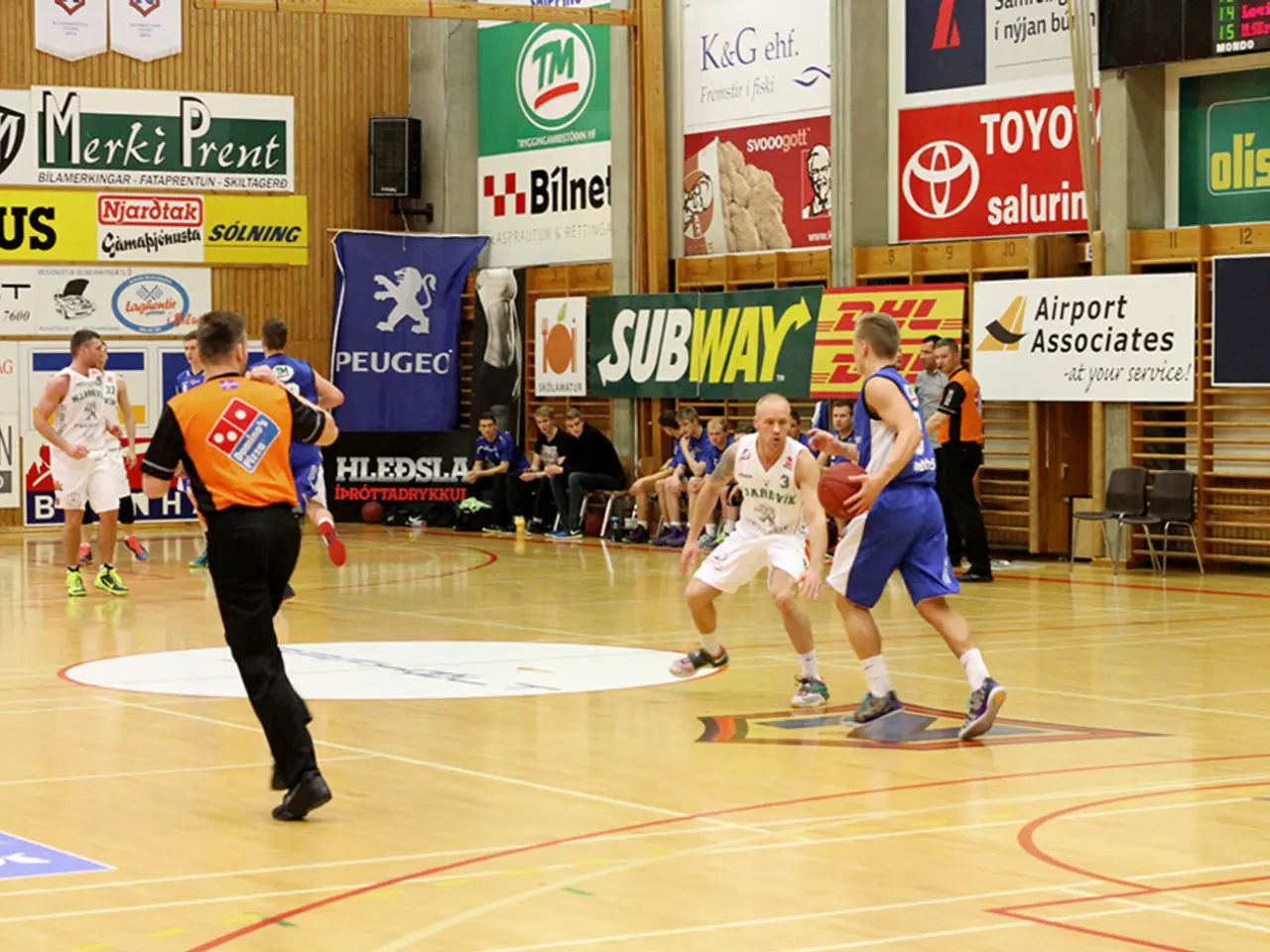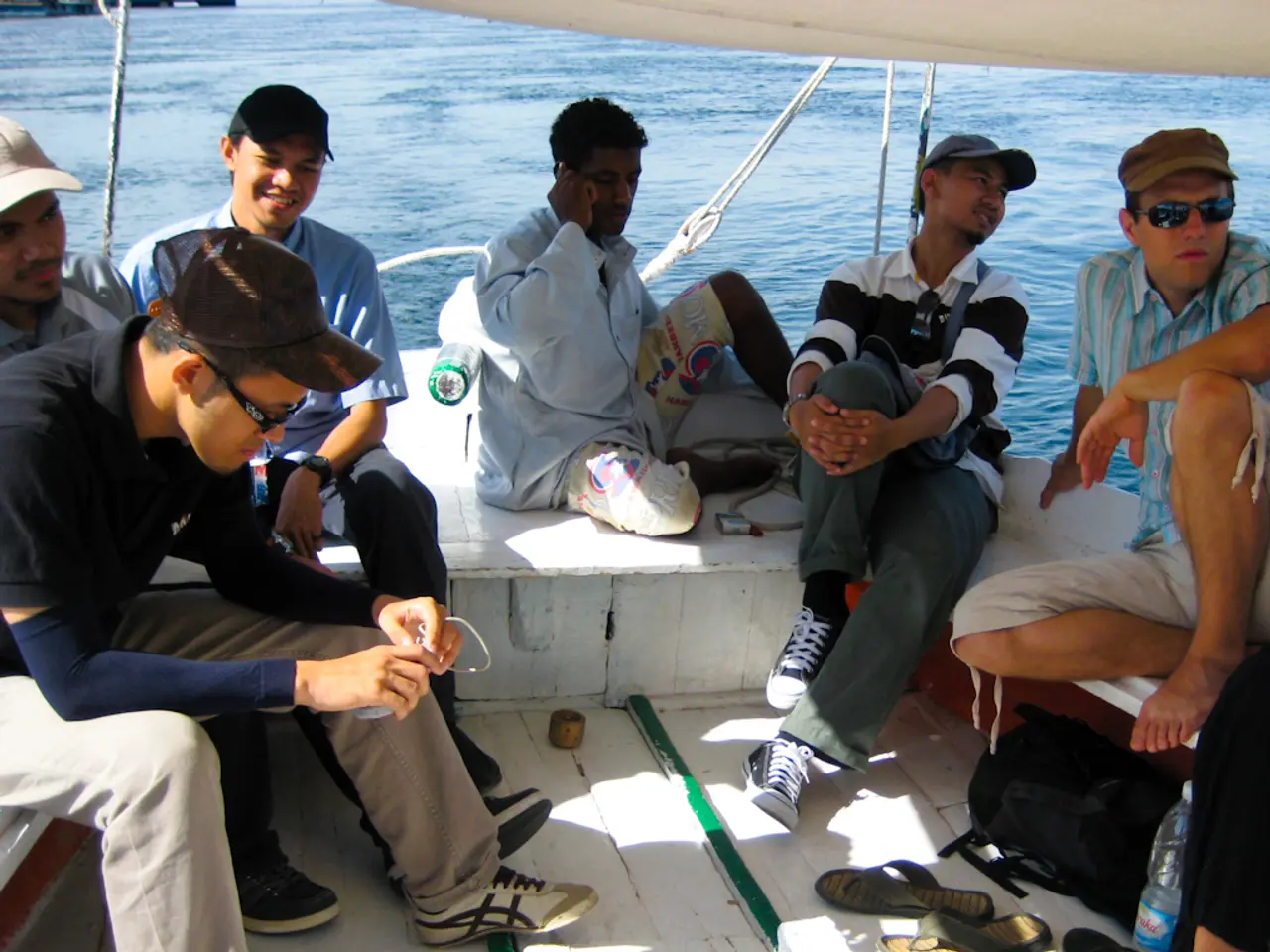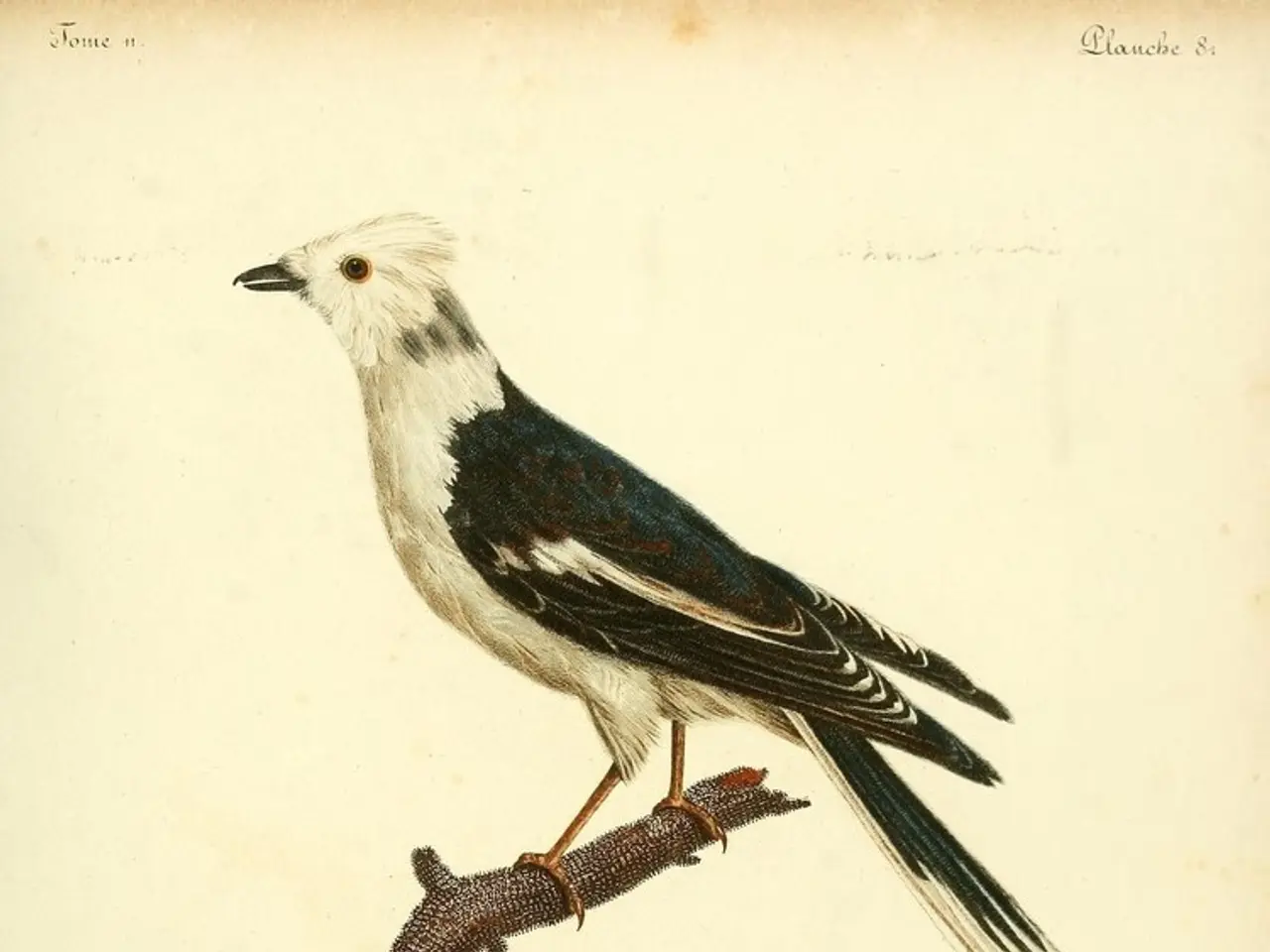Competitive Tour de France Jerseys: These are the Prizes Every Cyclist Aims to Clinch in July
The Tour de France, the world's most prestigious cycling race, features four major classification jerseys, each with unique rules and significance that recognise different talents and achievements during the gruelling three-week event.
| Jersey Colour | Classification | Significance & Rules | |------------------|-------------------------|--------------------------------------------------------------------------------------------| | **Yellow (Maillot Jaune)** | General Classification (GC) leader | The most coveted jersey, the yellow one, is worn by the rider with the lowest cumulative time overall. Known as the race leader on time, it is the most prestigious jersey and worn at the next stage by the current overall leader. If a rider leads multiple classifications, the yellow jersey takes priority, and only the yellow jersey is compulsory to wear by the leader [1][3][5]. | | **Green (Maillot Vert)** | Points Classification | The green jersey is awarded to the rider who scores the most points collected at intermediate sprints and stage finishes. Often considered the sprinter's jersey, priority is below the yellow jersey. If the GC leader also leads points, the next-best rider can wear the green jersey on their behalf [1][4][5]. | | **Polka-Dot (Maillot à Pois Rouges)** | King of the Mountains | The polka-dot jersey, or "mountain classification," is given to the rider with the most points on categorized climbs, marking the best climber. It ranks below the yellow and green jerseys in priority and is awarded after each stage [1][3][5]. | | **White (Maillot Blanc)** | Best Young Rider (<26 years old) | The white jersey, symbolising the best young talent, is given to the highest-placed rider in the general classification born after a set date (e.g., January 1, 2000). It is of lower priority than the above jerseys and based on time, similar to the yellow jersey, but restricted by age [1][2][3][5]. |
The team classification, calculated by adding together the times of each team's three best riders on every stage, does not have a dedicated jersey. However, team leaders race with special yellow numbers (dossards) and sometimes yellow helmets [1][3].
The most aggressive rider of the whole race, selected by members of the jury at the end of the Tour de France, wears a special gold number during the following stage [1][5].
Riders can lead multiple jersey classifications but only wear one jersey in the race. Bonus seconds are offered to encourage attacking racing, deducted from the time taken to cover the stage. These are awarded on the finish line to the leading three riders on each stage, excluding time trials [1].
Any team reduced to fewer than three riders will be eliminated from the team classification [1]. Skinsuits are provided to the leaders of the various rankings for time trial stages [1]. All riders must finish within the time limit, a certain percentage of the stage winner's time each day, to continue in the race [1].
Wearing a leader's jersey is mandatory from the signing-in protocol before the stage start until the post-stage press conference [3]. The official jersey maker for the Tour de France is Santini [1].
The order of priority for the different leaders' jerseys is: yellow, green, polka-dot, white. This system emphasises different rider skills: overall endurance and speed (yellow), sprinting ability (green), climbing prowess (polka-dot), and emerging young talent (white) — collectively highlighting the multifaceted challenge of the Tour de France [3].
The Tour de France is the biggest race in cycling, and a Cyclingnews subscription offers unrivaled coverage.
[1] Tour de France Official Rules and Regulations [2] UCI Regulations for Road Cycling [3] Cyclingnews (2021) The Tour de France: What the Different Jerseys Mean [4] Cyclingnews (2021) Points Classification: How it Works in the Tour de France [5] Cyclingnews (2021) The Tour de France: What is the Yellow Jersey and Who Wears it?
- Despite not having a dedicated jersey, teams with the best performances in the team classification can be recognized by special yellow numbers and sometimes helmets.
- The Tour de France is more than just a test of overall endurance; it also recognizes exceptional sprinter abilities (green jersey), climbing prowess (polka-dot jersey), and emerging young talent (white jersey).








